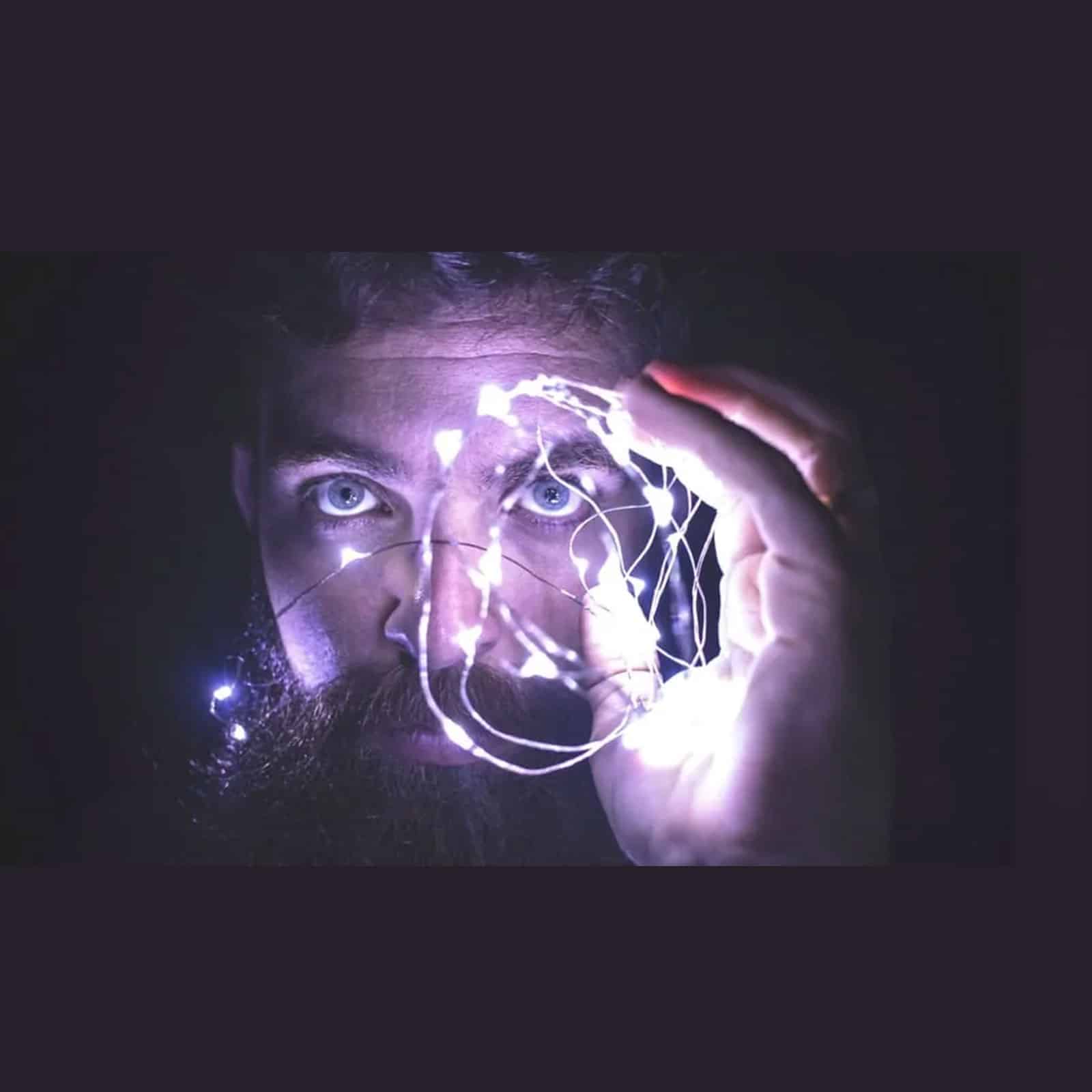Anxiety is both a neurological and psychological disorder. Furthermore, it is a pervasive condition.
Per the Anxiety and Depression Association of America (ADAA), around 40 million adults in the U.S. suffer from a clinical anxiety disorder. Despite the proliferating numbers, just 37 percent of those with an anxiety disorder seek treatment; despite it being an “extremely treatable” condition.
In this article, we’re going to focus on how anxiety works; specifically, the brain correlates of anxiety. Additionally, and perhaps more importantly, we’ll talk about some methods that will help you overcome anxiety.
Let’s get to it.
What is Anxiety?
The first thing to understand is that anxiety is a normal response. Excessive anxiety, however, is not. Moreover, clinicians realize this and separate anxiety as a symptom from anxiety as a mental health disorder.
The term ‘anxiety disorder’ encompasses no fewer than five separate conditions. What follows is a brief description of each:
Generalized Anxiety Disorder (GAD):
GAD currently affects nearly 7 million U.S. adults. That number equals just over 3 percent of the population. GAD is characterized by “persistent and excessive” worry about realistic and not-so-realistic things.
Obsessive-Compulsive Disorder (OCD):
OCD affects approximately 3 percent of U.S. adults and 1 percent of children. Obsessions in OCD involve repeated and unwanted images, thoughts, or urges that trigger anxiety and distress. Compulsions are those behaviors that an individual with OCD feels they must perform to alleviate any associated stress.
Panic Disorder (PD):
PD affects about 6 million U.S. adults. PD involves the (often repeated) occurrence of panic attacks. Panic attacks are acute episodes of intense fear involving symptoms such as heart palpitations, trembling, shortness of breath, dizziness, derealization or depersonalization, and fear of losing control.
Post-traumatic Stress Disorder (PTSD):
About 8 million adults are diagnosed with PTSD or just under 4 percent of the U.S. population. As the name indicates, PTSD is triggered by exposure to a traumatic event. While often associated with combat, there are numerous other catalysts of PTSD, including physical or sexual assaults, childhood abuse or neglect, or a life-threatening accident.
Social Anxiety Disorder (SAD):
SAD occurs in around 15 million adults or just under 7 percent of the population. SAD is characterized by anxious feelings or fear about “Acting or appearing visibly anxious … or being viewed as stupid, awkward, or boring” in social situations.
How Anxiety Works
Anxiety is a normal part of life. However, we aren’t all anxious to the same degree. People vary widely in their disposition, and anxiety levels are one reason why this is.
Some people are “nervous Nellies” in that they seem to fret about every little thing. Others can get home after a long day’s work and fall asleep as soon as their head hits the pillow – not a care in the world.
Anxiety seems to trigger the same regions in the brain as fear. Both fear and anxiety cause similar behavioral and physiological reactions as a result. However, fear is more likely to be linked to a specific cause, whereas – in many cases – an anxious person is unable to pinpoint any noticeable trigger.
What accounts for these differences? Scientists say that it’s mostly in the brain. Or, at the very least, there are strong neurological links with anxiety.
Quite simply, an anxious person’s brain looks and works very differently than that of a non-anxious person. Individual experiences shape these neurological differences, but there’s a genetic component to anxiety as well. We’ll discuss both next.
The neuroscience of anxiety
“It was as if the amygdala was the accelerator of defense reactions and the prefrontal cortex the brake upon them. Malfunction of the brakes makes the expression of the reactions hard to control.” ~ Joseph LeDoux (Source)
Steep technological advances in brain imagery have made it possible to study the neurological underpinnings of anxiety.
According to the latest science, anxiety originates along one of two paths. The first is the amygdala pathway. The amygdalas are a pair of small, almond-shaped structures on each side of the brain. Thus, the fight-or-flight response (or “flight, fight, or flee” response) is triggered by the amygdala.
The second pathway from which anxiety originates in the cerebral cortex. The cerebral cortex is often called the “grey matter” of the brain. It is the area of the brain linked to higher-order brain functions such as association, memory, movement, perception, sensation, and thought.
Anxiety stemming from the cerebral cortex identifies as “right-brained” or “left-brained” in nature. Left-brained anxiety surfaces as a propensity to worry about what will happen in the future, and to ruminate about possible solutions. On the other hand, right-brained anxiety is less logical, less verbal, and more imaginative. Thus, imagining stressful situations in images is thought to occur in the right hemisphere.
Identifying the brain area responsible for your anxiety is rather straightforward – and there are some benefits to doing so as we’ll discover.
Here are some indications that anxiety is originating from the amygdala.
– Feeling a lot of muscle tension in specific environments.
– Feeling overwhelmed with an inability to think in certain situations.
– Increasing heart rate or noticeable pounding of the chest.
– Unconscious avoidance of locations, experiences, and conditions.
– Constant checking of things or people without needing to do so.
– Inability to relax in a particular situation or location
– Worrying over seemingly insignificant events
– Wanting to fight or otherwise act aggressively for no apparent reason.
– Wanting to escape from certain situations
Here are some indications that the left side of the cerebral cortex is where the anxiety is originating:
– Consideration of a problem from multiple perspectives
– Difficulty in shutting the mind off, especially when thinking about things that cause anxiety
– Dwelling on difficulties often
– Getting stuck in the process of how to say something to someone
– Rumination regarding a constant stream of negative thinking
– Rehearsing future problem situations and imagining things going wrong.
– Thinking about past situations
Here are some indications that the right side of the cerebral cortex is where the anxiety is originating:
– Imagining criticism or rejection from other people
– Imagining multiple scenarios of how a situation can turn out badly
– Picturing ways that one may embarrass themselves
– High attunement to the tone of voice
– Picturing problem scenarios in mind and the reactions from others
– ‘Seeing’ the unfolding of a terrible event
– Reliance on intuition with regards to what someone is thinking and feeling
– Close watchfulness of another’s body language and the picking up of subtle cues.
So if most of your anxiety stems from the cortex, you may find that educating yourself on the mechanisms of stress will help. Also, you may benefit from methods such as cognitive-behavioral therapy (CBT).
However, anxiety originating from the amygdala is a bit trickier, as the response is more physiological. Supplements such as magnesium (see below) and regular vigorous exercise may help.
How to Beat Anxiety
“If you want to conquer the anxiety of life, live in the moment, live in the breath.” ~ Amit Ray
So now, we’ve got a pretty good understanding of our anxiety from a neurological perspective. Next, let’s look at how to take control of it.
1 – Take Magnesium
Some studies show that up to 90 percent of U.S. adults are magnesium-deficient. A meta-analysis review of 18 studies found that magnesium effectively reduces subjective anxiety and in adults. Of all forms of magnesium, l-threonate may be the most effective in treating anxiety symptoms.
Magnesium l-threonate (MgT) is a cognitive enhancer that can potentially augment cognitive-based therapy for anxiety. Per a 2011 study published in the Journal of Neuroscience, MgT may, aside from providing the benefits of magnesium mentioned earlier, increase the efficiency of CBT in treating anxiety disorders.
2 – Relax Your Muscles
Many of us are in a constant state of chronic muscular tension. The amygdala somehow “senses” this muscular contraction and becomes more active. Therefore, merely allowing (not forcing!) your body to relax can reduce subjective feelings of anxiety.
Techniques such as the progressive muscle relaxation technique (PMRT) prove to be particularly effective against anxiety, as well. A study published in the Journal of Exercise & Rehabilitation discovered a “significant” reduction in patients’ anxiety and depression symptoms after practicing PMRT.

3 – Practice Acceptance and Self-Compassion
The hard truth is that many of us are far more compassionate to others than we are to ourselves. This discrepancy can create feelings of low self-esteem, depression, and, yes, anxiety.
A helpful and straightforward technique is a three-step process created by Kristin Neff, a psychology professor at the University of Texas at Austin. Here are the three steps:
- Feel the discomfort or painful feeling and allow it to remain.
- Admit that the feelings are uncomfortable and recognize that pain and discomfort are unavoidable aspects of the human experience.
- Engage in a simple activity, such as slow, deep breathing or stretching, to help alleviate the pain or discomfort. While performing the exercise, keep your attention on the uncomfortable feelings.












 Community
Community

